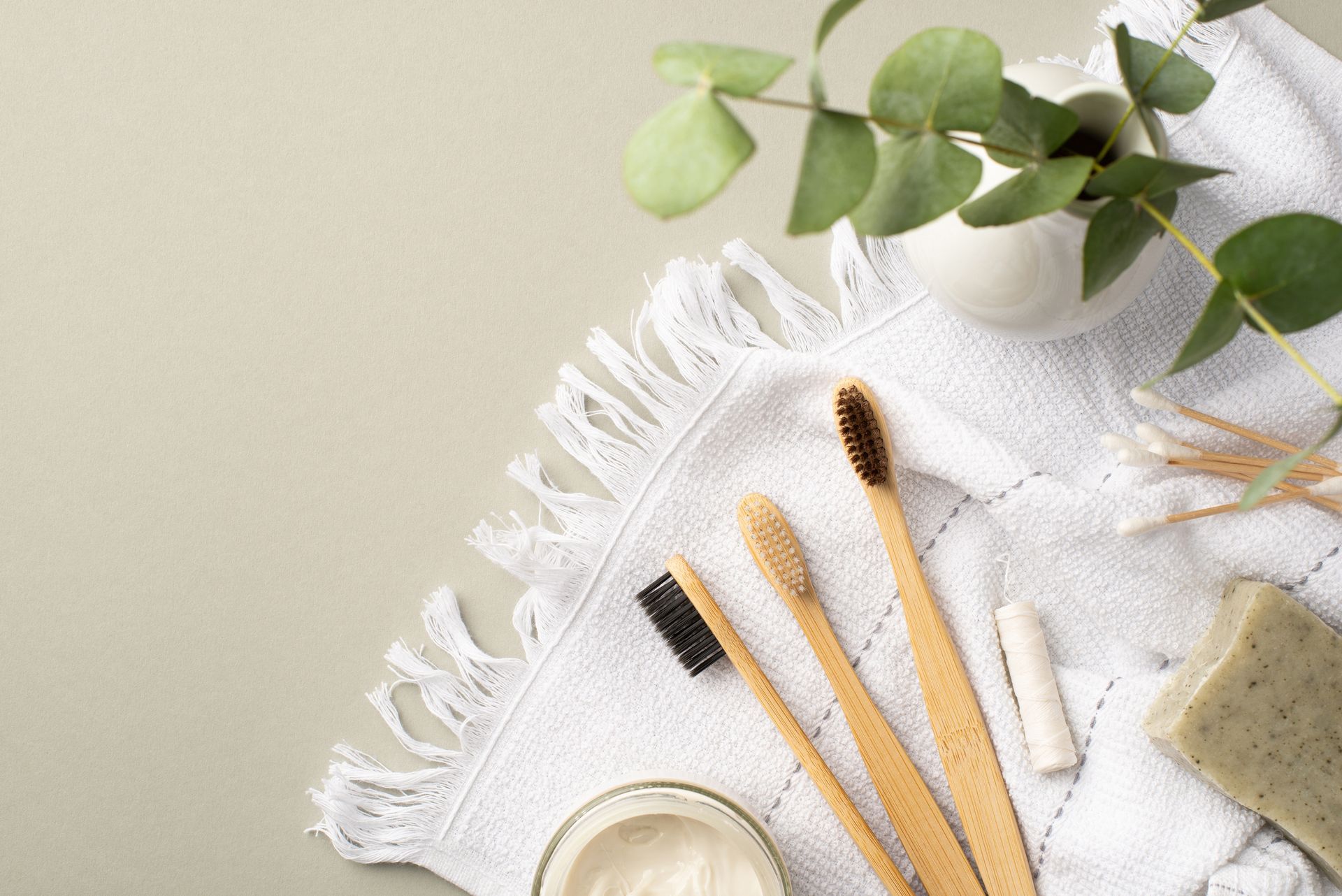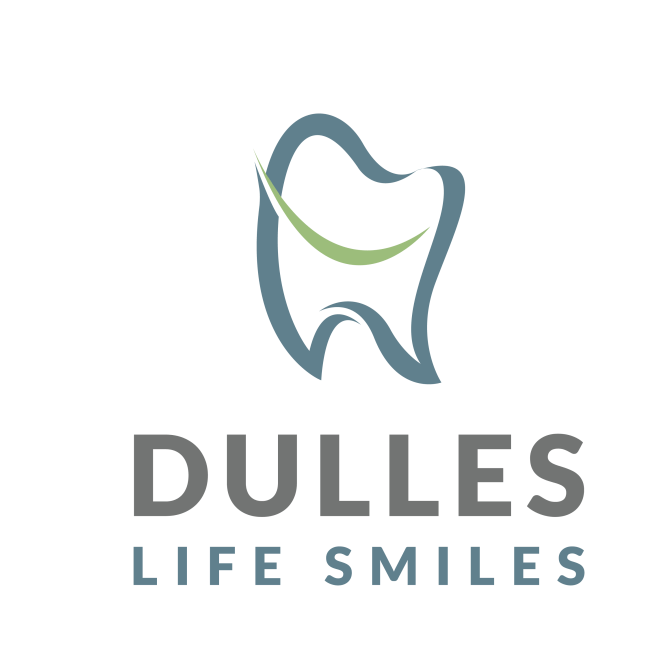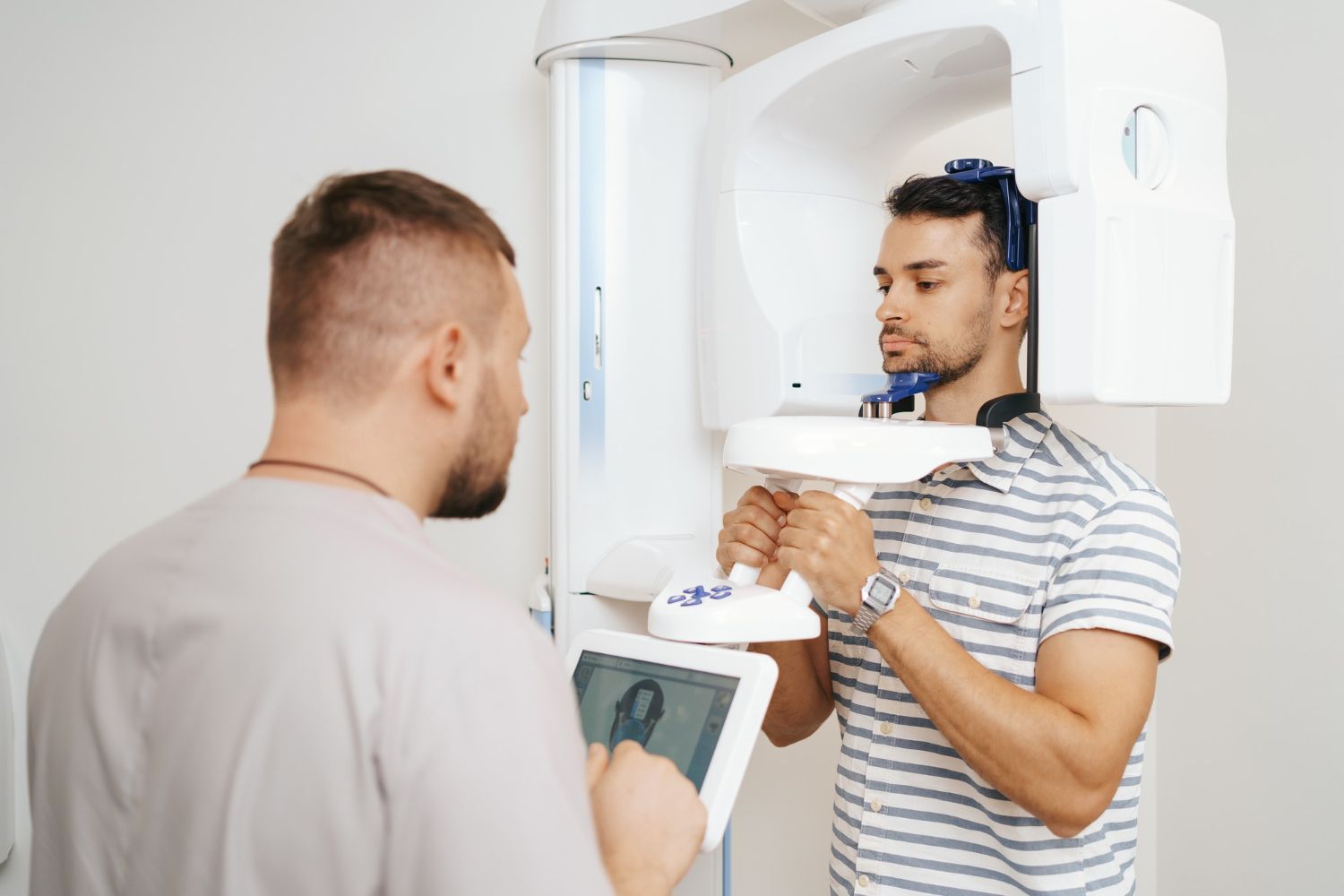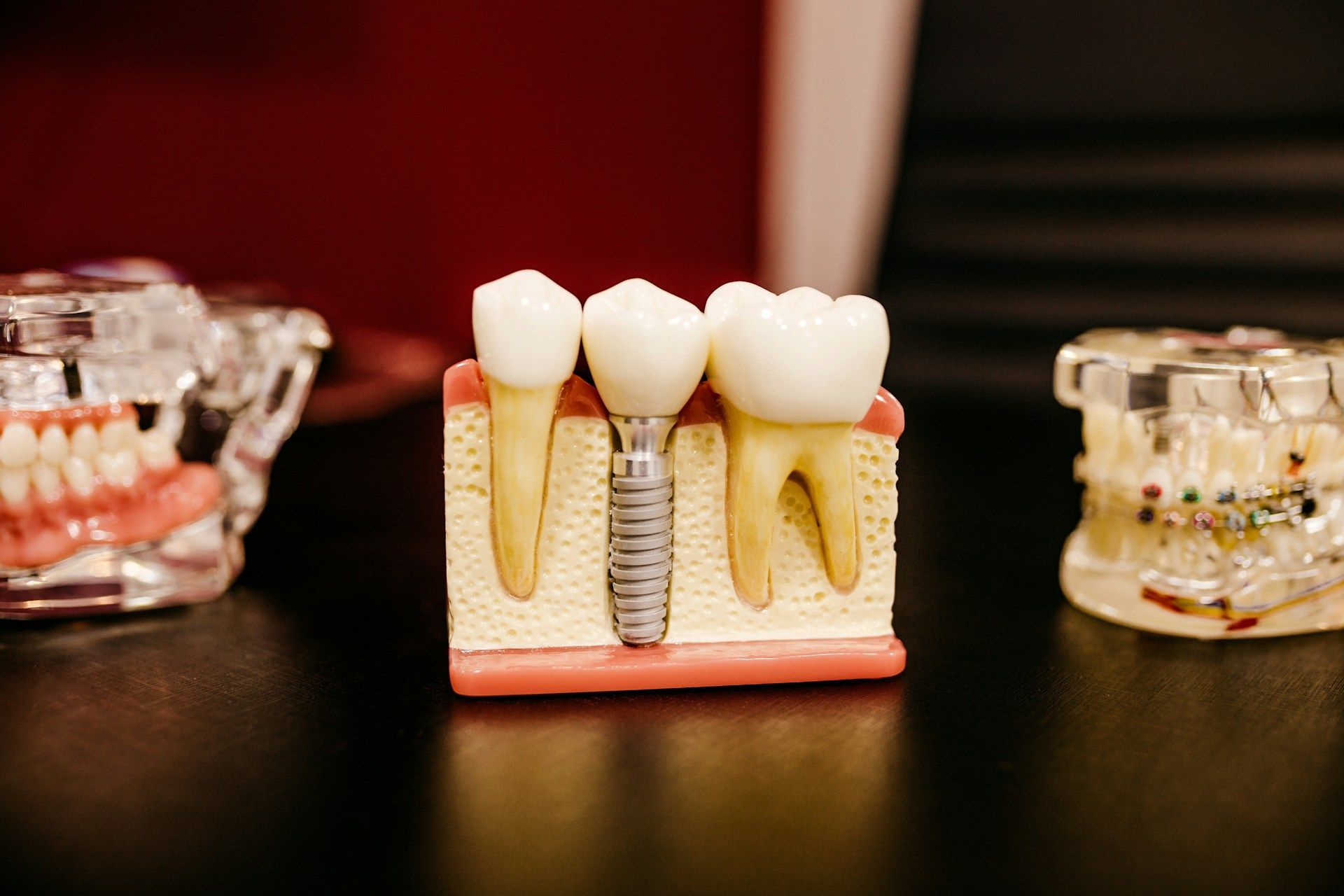Dr. Gino Habla Español
How to Make Tooth Extractions Less Scary
Facing a tooth extraction can be daunting, especially if you don't know what to expect. Many people feel anxious about the procedure, fearing discomfort or complications. However, understanding the tooth extraction process and learning ways to manage your anxiety can make the experience much more manageable. Proper preparation and care can also help you recover smoothly and quickly.
A tooth extraction is sometimes necessary to maintain your overall dental health. Whether it's due to severe decay, an infection, or overcrowded teeth, removing a problematic tooth can prevent further issues down the road. Knowing what happens during an extraction and how to care for yourself afterward can ease your worries and make the procedure less intimidating.
In this article, we'll discuss the tooth extraction process, provide tips for reducing anxiety before your appointment, explain what to expect during and after the procedure, and offer advice on effective aftercare for a smooth recovery. By the end, you'll have a better understanding of how to make tooth extractions less scary and more manageable.
Understanding the Tooth Extraction Process
Knowing what happens during a tooth extraction can help ease your fears. Tooth extraction usually involves removing a tooth that is damaged or causing problems. This can be due to decay, an infection, or crowding. Your dentist will first numb the area around the tooth to ensure you feel no pain during the procedure.
There are two types of extractions: regular and surgical. A regular extraction is done on a tooth that is visible in your mouth and has straight roots, soft bone and does not require bone removal. The dentist loosens the tooth with a tool called an elevator, then removes it with forceps. Surgical extractions are more complex and might be needed for teeth that are not easily accessible, hard bone and more complex anatomy. In this case, the dentist makes a small incision in your gum and additional customized procedures to remove the tooth and promote healing.
After the tooth is removed, the dentist will place gauze over the extraction site to stop the bleeding. You will need to bite down on the gauze for a while to form a blood clot. This clot is essential for healing and to avoid complications such as dry socket. Stitches, bone grafts and membranes are often needed to improve the healing process, bleeding and bone preservation.
Tips for Reducing Anxiety Before Your Appointment
Feeling scared about a tooth extraction is normal. Here are some practical tips to help reduce anxiety before your appointment.
1. Ask Questions: Knowing what to expect can make the experience less intimidating. Don't hesitate to ask your dentist about the procedure.
2. Practice Relaxation Techniques: Slow, deep breathing can help calm your nerves. Try meditating or listening to calming music before your appointment.
3. Sedation: Very important, ask your dentist about the sedation option.
4. Plan Ahead: Knowing the logistics can help reduce stress. Confirm the date and time of your appointment, plan for transportation, and prepare for any aftercare.
5. Use Distractions: Bring headphones to listen to your favorite music or an audiobook during the procedure. This can help keep your mind off the operation.
By following these tips, you can manage your anxiety better and approach your tooth extraction with more confidence.
What to Expect During and After the Procedure
Knowing what to expect during a tooth extraction can help ease your anxiety. First, your dentist will numb the area around the tooth with a local anesthetic. This will make the area numb, so you won't feel any pain during the procedure. In some cases, if the tooth is impacted or if you have multiple teeth removed, your dentist might use sedation to help you relax.
During the extraction, your dentist will use special tools to gently loosen the tooth from its socket. You might feel some pressure, but it shouldn't hurt. Once the tooth is loose, the dentist will carefully remove it. After the tooth is out, a gauze pad is sometimes placed over the extraction site to help stop any bleeding. Your dentist might give you stitches and place bone graft, especially if you've had a surgical extraction.
After the procedure, it's normal to experience some discomfort and swelling. Your dentist will give you specific written instructions on how to care for the extraction site. This often includes biting on a gauze pad and/or stitches to control bleeding, taking pain relievers, and using an ice pack to reduce swelling. Following these instructions will help you recover more quickly and comfortably.
Effective Aftercare for a Smooth Recovery
Taking good care of your mouth after a tooth extraction is essential for a smooth recovery. Start by taking it easy for the rest of the day. Avoid physical activities that could disturb the extraction site. Keep your head elevated when lying down to help reduce swelling and bleeding.
For the first 24 hours, avoid rinsing your mouth, smoking, or drinking through a straw, as these activities can dislodge the blood clot and slow down healing. Stick to soft foods like yogurt, mashed potatoes, and soup for the first day or two. Gradually reintroduce harder foods as your mouth begins to heal.
Maintaining oral hygiene is important, but you'll need to be gentle around the extraction site. Brush and floss your other teeth as usual, but avoid the surgical area. After the first 24 hours, you can gently rinse your mouth with a warm saltwater solution to help keep the area clean and reduce swelling. Follow all your dentist's instructions closely and schedule any follow-up appointments to ensure proper healing.
Conclusion
Tooth extractions may seem scary, but understanding the process and knowing what to expect can make it much less intimidating. By preparing yourself mentally and following your dentist's instructions, you can ensure a smoother and more comfortable experience.
Proper aftercare is crucial for a quick recovery. Taking care of your mouth, following dietary recommendations, and maintaining good oral hygiene will help you heal faster and prevent complications. Remember, the goal is to keep your mouth healthy and to address any dental issues before they become more serious.
If you're facing a
tooth extraction or have concerns about your dental health, Dulles Life Smiles is here to help. Our team is dedicated to providing the care and support you need for a healthy smile. Contact us today to schedule an appointment and take the first step towards better dental health.






CONTACT
CONTACT US TO SCHEDULE YOUR APPOINTMENT TODAY!
Business Hours
- Mon, Tue, Thu
- -
- Wednesday
- -
- Friday
- -
- Sat - Sun
- Closed
DR. GINO HABLA ESPAÑOL
CONTACT
CONTACT US TO SCHEDULE YOUR APPOINTMENT TODAY!
22420 Flagstaff Plz # 150 Ashburn, VA 20148
Thanks for choosing us as your preferred dentist in Ashburn, VA
Follow Us On Social Media
All Rights Reserved
Dentist Websites by Energize Group





